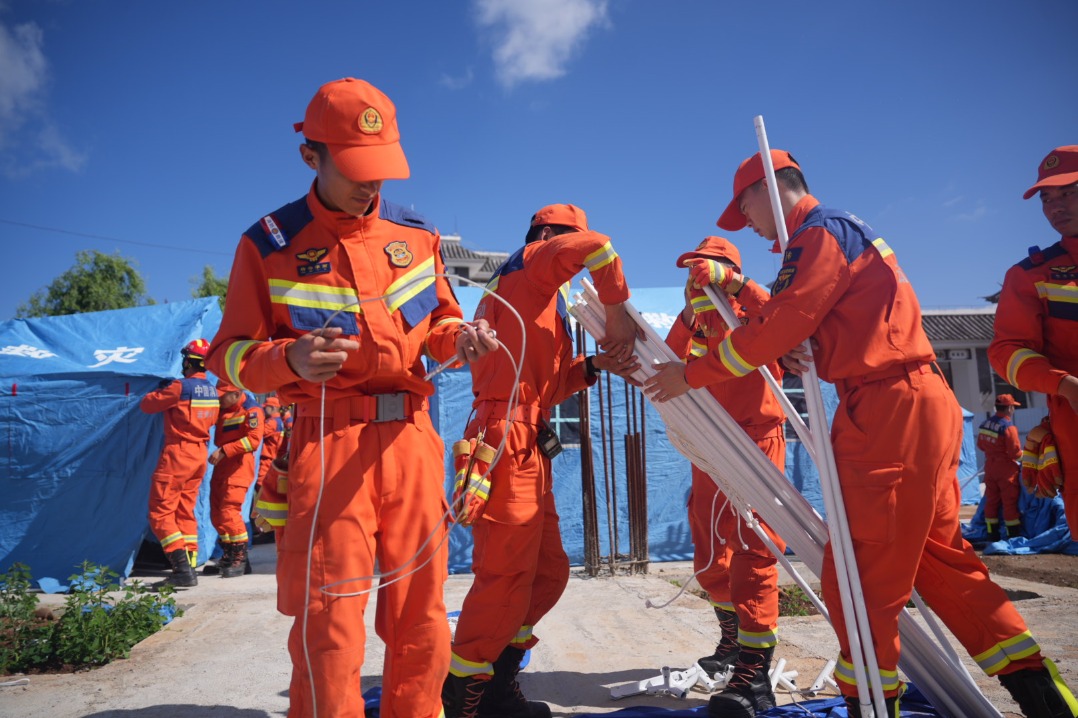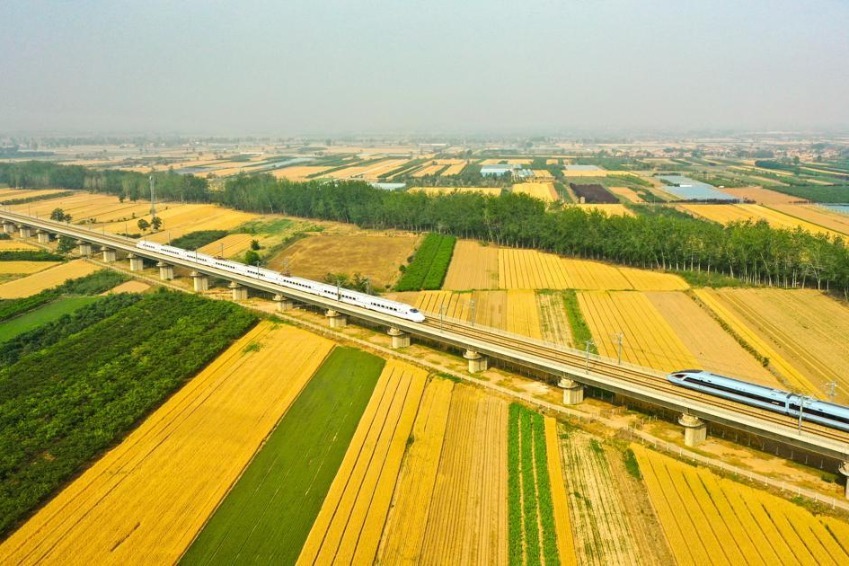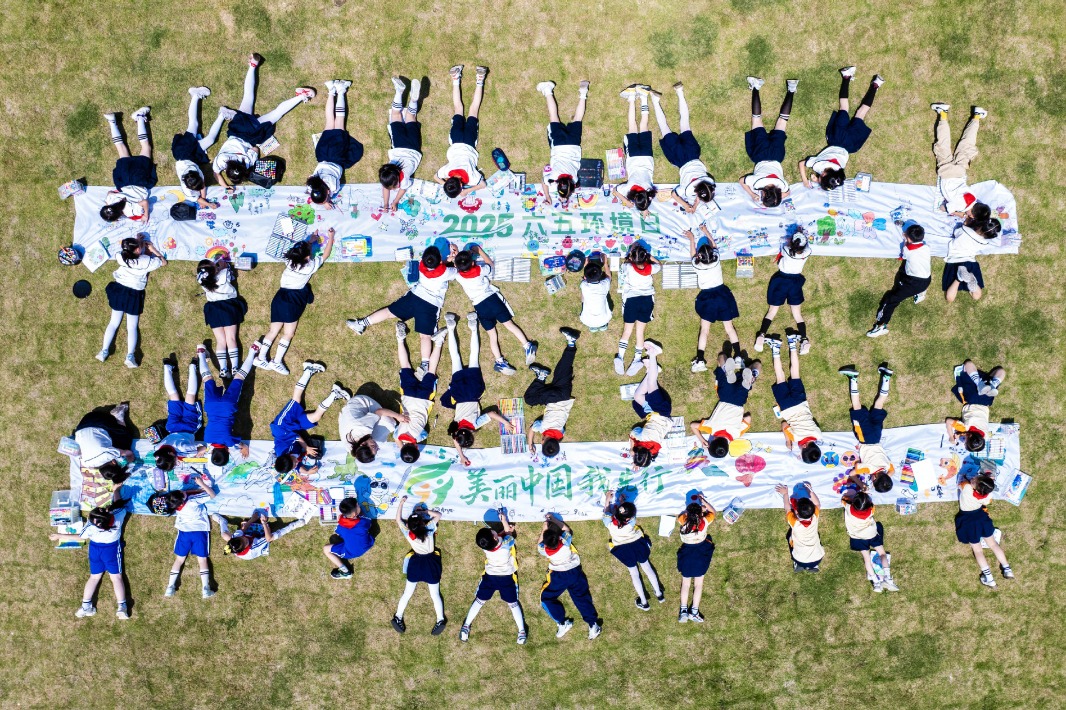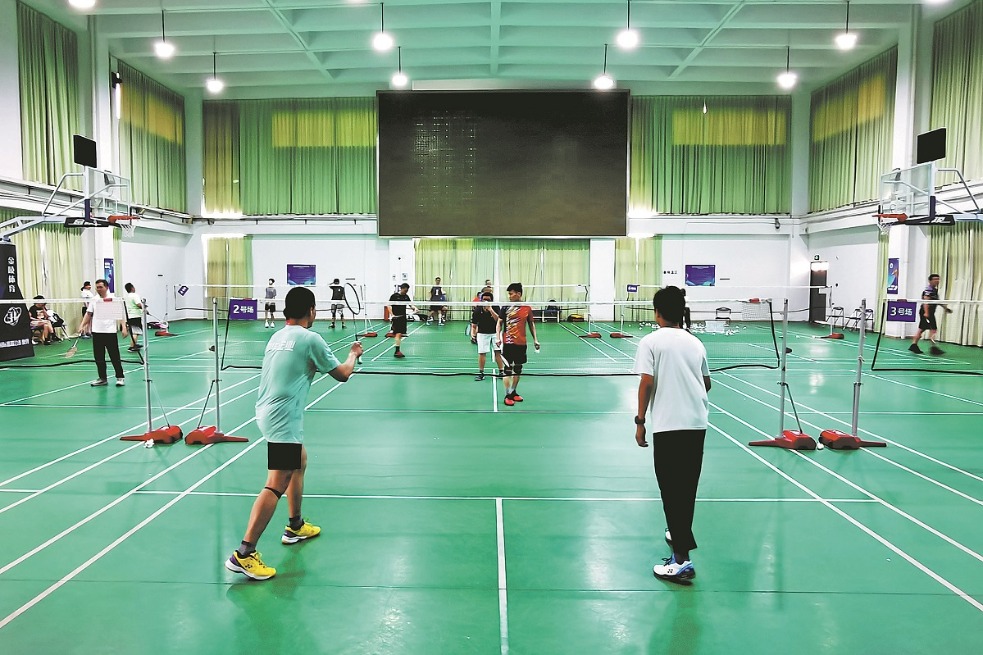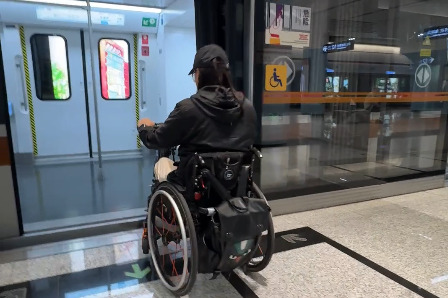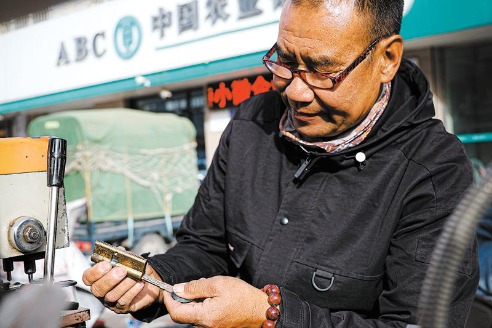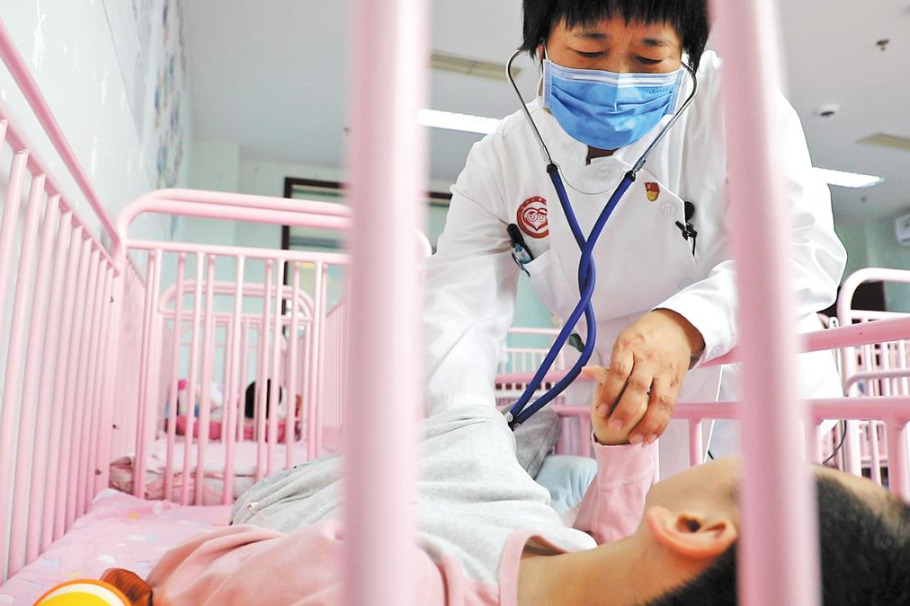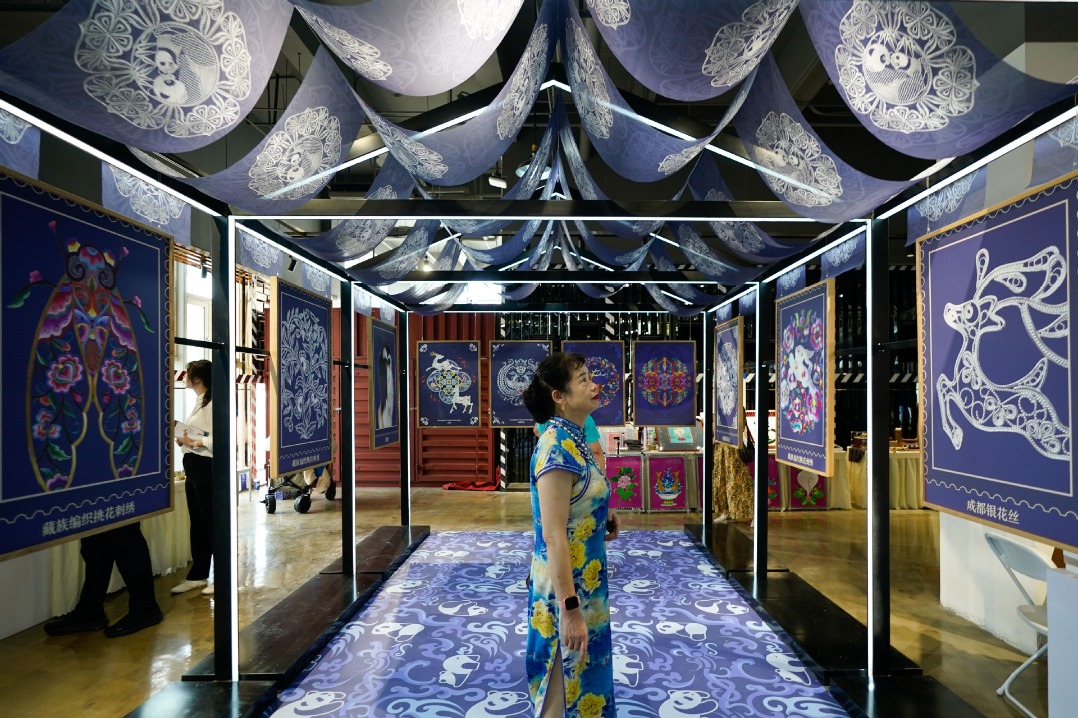Winning a battle in war on poverty

Safety net for strugglers
Despite the progress, millions are still grappling with dire poverty, mostly scattered across the vast Three Areas and Three Prefectures outside Tibet-a mosaic of ethnic communities.
A report made by the Minister of Civil Affairs Li Jiheng at a recent legislative session shed light on the problems there. Li said among some 17.5 million impoverished recipients of State benefits in the Three Areas and Three Prefectures, 63.5 percent were seniors, minors, or people frail with disabilities or chronic diseases.
That had made it difficult for authorities to lift them out of poverty through conventional means, such as fostering local industries or developing tourism.
Basic living allowances and other State benefits are considered the last measures to be adopted in an effort to ward off the "Two Worries"-the lack of food and sufficient clothing.
The "Two Worries" is an euphemism for the income threshold where a household is deemed to have cast off the poverty label.
The report said China allocated 562 billion yuan in subsidies to help people in need from 2016 to 2019. The funds were used to help people in extreme poverty, orphans, the homeless and beggars, among others.
"We'll make concrete efforts to strengthen social relief work, to ensure that the bottom buffer works and that the poverty reduction battle will end in victory," he said.
Milestones in poverty relief
1978: The rural poverty rate is more than 97.5 percent.
1986: The central government establishes a cross-department office responsible for poverty relief and development. The office is currently responsible for poverty alleviation campaign.
2000: The government launches a landmark program to aid development in vast, poverty-stricken western regions.
2011: The government raises the national poverty line to annual income level of 2,300 yuan, a 92 percent increase compared with 2009.
2012: About 98 million Chinese people live below the poverty line.
2013: A total of 128,000 villages are impoverished; targeted poverty relief effort proposed.
2015: China attains UN Millennium Development Goals.
2017: Rural poverty rate falls to 3.1 percent; poverty relief listed as one of three "battles" that must be won over next three years, alongside tackling of pollution and financial risks.
2018: The government steps up the fight against corruption in poverty relief efforts; more than 100,000 villages stripped off poverty label, with rate falling below 2 percent; more than 80 million farmers lifted out of poverty.
- Macao hosts global health forum, eyeing innovation, integration
- E-commerce opens broader markets for Xizang specialties
- 5.0-magnitude quake affects nearly 6,000 in Yunnan
- Shanghai's shikumen complex to return to original location using small robots
- Chinese VP to attend UN Ocean Conference in France, visit Spain
- Rescue work underway after 5.0-magnitude quake hits SW China's Yunnan

















